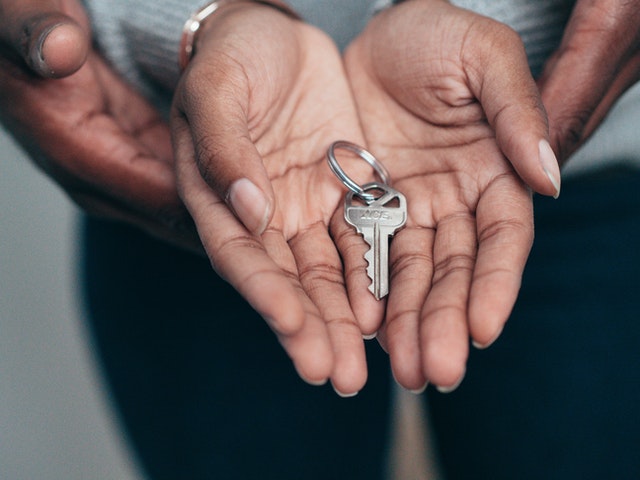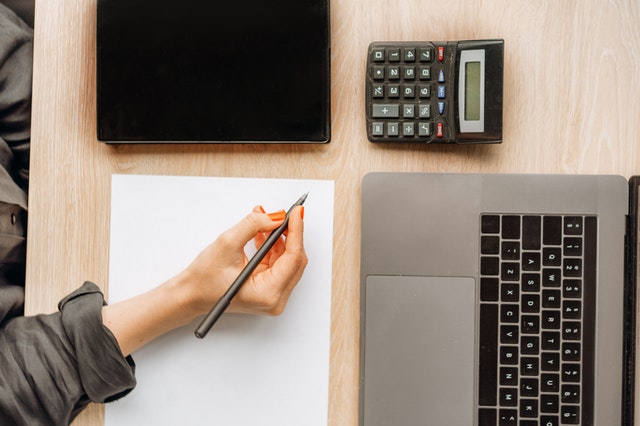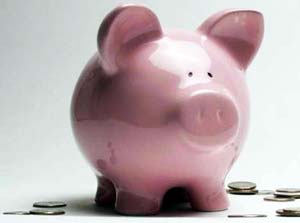As a real estate investor, how can you tell when a real estate investment is making enough profits to justify the money and effort put into it? After all, no one wants to make a mistake when large amounts of money are involved. This is an important question because while you may think of yourself as a businessperson, you may, in reality, be making money for the bank and the government instead of yourself.

Knowing what a good return on investment (ROI) on an investment property is will guide your decisions with your current investments and any properties you may want to buy in the future, explains Lonnie Bush Management. Hopefully, you are making money on the assets, but is it enough? If you think you should make more money on the property, are your expectations realistic?
Below, we explain how to calculate the ROI for a real estate investment and what makes a good return for investment properties.
How to Calculate ROI on a Rental Property
ROI is how you measure the performance of your real estate investments. This is calculated in relation to how much money you invested in the property. Your ROI will also be affected by whether you paid cash for the property or you bought it using the mortgage.
Here are three ways to calculate ROI on your real estate investment.
1. The standard method for calculating ROI on an income property

To determine ROI, divide the annual return on the property by the cost of the property. If for instance you paid $200,000 on the asset and you spent an additional 7,500 on closing costs, rehabilitation, and other expenses, the cost of the home would be $207,500.
If you charge your tenants $1,250 every month, to calculate the ROI, you would do this:
ROI = Annual returns ÷ Cost of investment
ROI = (1,250 x 12) / (200,000 + 7,500) x 100
= (15,000 / 207,500) x 100
= 7.2%
In our example, the ROI on the property would be 7.2%. But this is the simple method to calculate investment property return on investment. The method will vary slightly for a cash property versus a property financed with a bank loan.
2. Calculating ROI for cash properties
ROI calculations for a cash property are done using what is known as the capitalization rate or Cap Rate. The Cap Rate is a metric that bases the ROI calculations on returns from comparable properties in the asset’s location.
Basically, it looks at the performance of your property in relation to the performance of nearby properties that are similar in size, physical condition, and market value. The formula for finding the Cap Rate is:
Cap Rate = Net Operating Income ÷ Purchase Price x 100
Net Operating Income (NOI) is the annual rental income, minus the annual operating cost of the property but with the exclusion of mortgage payments and interest.
So, still using our example, if the property costs $200,000 and your monthly rent is $1,250, the annual rental income would be $15,000. Assuming annual expenses equal $4000, this would give us a Net Operating Income of $11,000. Therefore:
Cap Rate = (11,000 ÷ 200,000) x 100 = 5.5%
To determine if this is a good Cap Rate, you have to look at the Cap Rates for comparable properties in the area.
3. Calculating ROI for mortgage-financed properties

Financing your investment property with a loan offers two distinct advantages. You can reduce how much of your own money is invested in the asset and you can achieve a higher ROI. To calculate ROI on property acquired using a bank loan, you use the cash-on-cash return formula, namely:
CoC Return = Annual Return ÷ Total Cash Invested x 100
Annual return is the amount you get when you deduct your financing costs (mortgage payments, mortgage interest rate, etc) from the Net Operating Income (NOI). Once again, using our example, if the property cost $200,000 but you paid 20% down and spent $7,500 on rehabs and closing costs, your total cost would be $47,500.
Assuming that the NOI on the property is still $11,000, simply deduct the mortgage cost to get your annual returns. If we assume mortgage expenses of $5000, the annual return would be $6,000. Using the cash-on-cash return formula, the ROI would be 12.6%.
While cash on cash return is a great metric to use when analyzing the ROI of a property, it’s important to consider supply costs in your particular market. A new roof may cost a slightly different amount in Louisville, KY versus Denver, CO. If you end up investing in an expensive area, that could eat into your expected profits. Shaun of We Buy Houses in Denver, an investor based in Colorado, claimed that “Markets largely dictate the ROI potential for investment properties. I started investing in three different markets but downsized to only Denver because the rents were high enough to keep up with and surpass any looming maintenance costs.” Here is where you can view the homebuying strategy for We Buy Houses in Denver. Before diving into an investment opportunity, consider all factors and costs at play.
What is a good ROI on an investment property?

Now that we determined how to calculate the ROI, what would be a good ROI for a real estate investment property?
Although this is relative and will vary from investor to investor, it is still possible to get a fair idea of what makes a good return on investment for an income property. But it depends on how you calculate ROI.
For cash properties, a Cap Rate between 4% and 10% is considered good. But this of course depends on the location; Cap Rates vary from city to city. Locations with the highest Cap Rates are the best.
For mortgage-financed properties, 8% and over is a good return. But if you can get a return of between 10% and 12%, that is even better.
If you are using the standard method for calculating ROI, a return above 15% is considered excellent. But if you get 7% on an investment, that is still acceptable.
Regardless of the method you use, always factor in the riskiness of an investment as that can completely alter the results. For more on the topic, check out Making Money: 8 Great Investment Tips.



